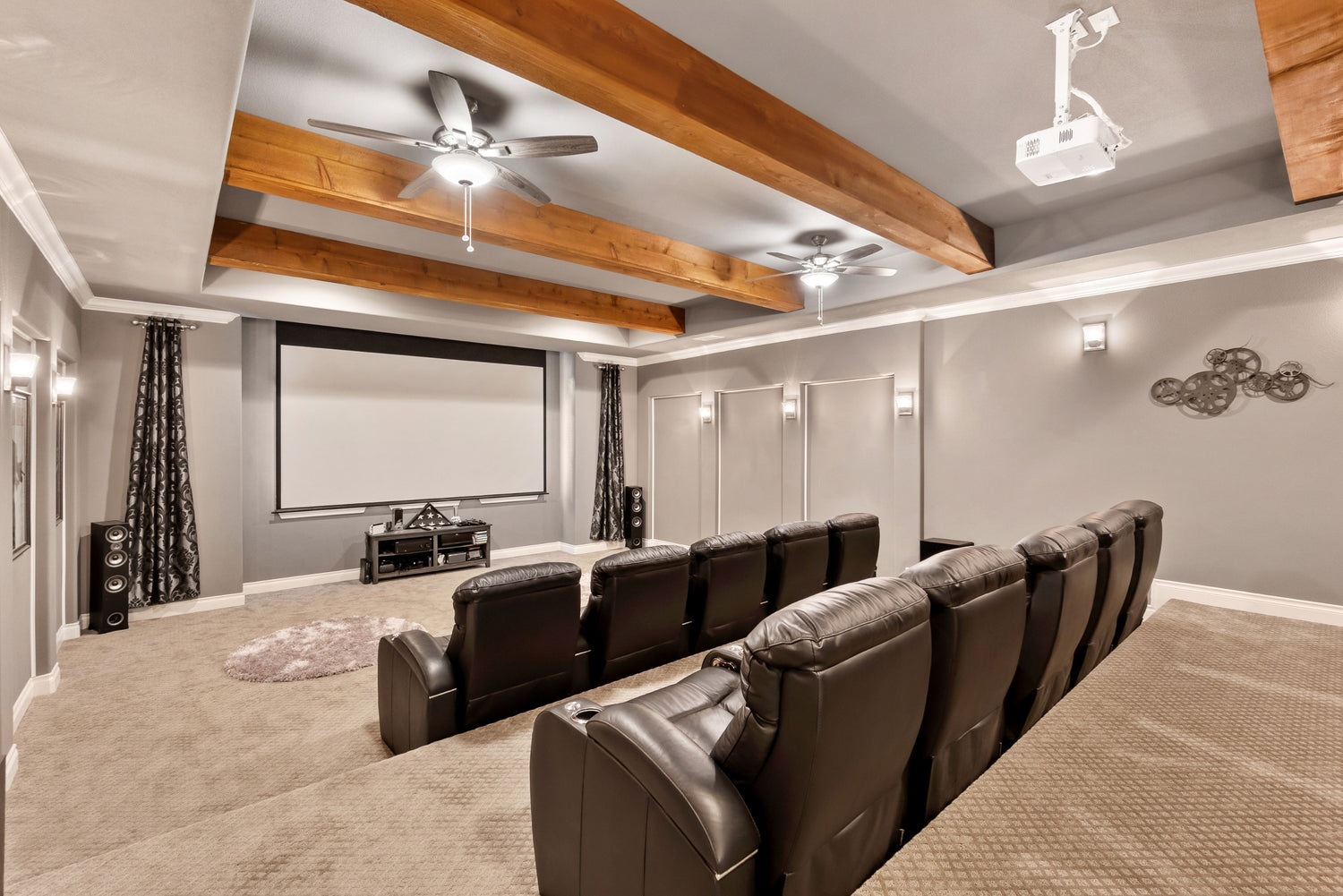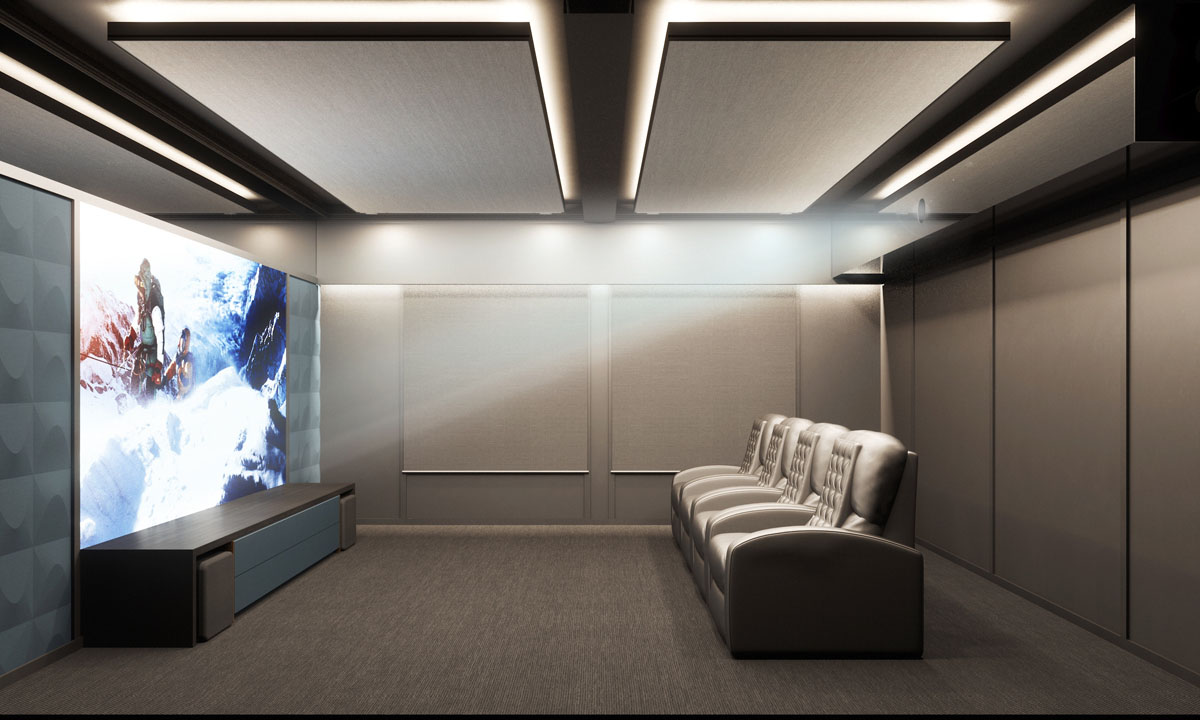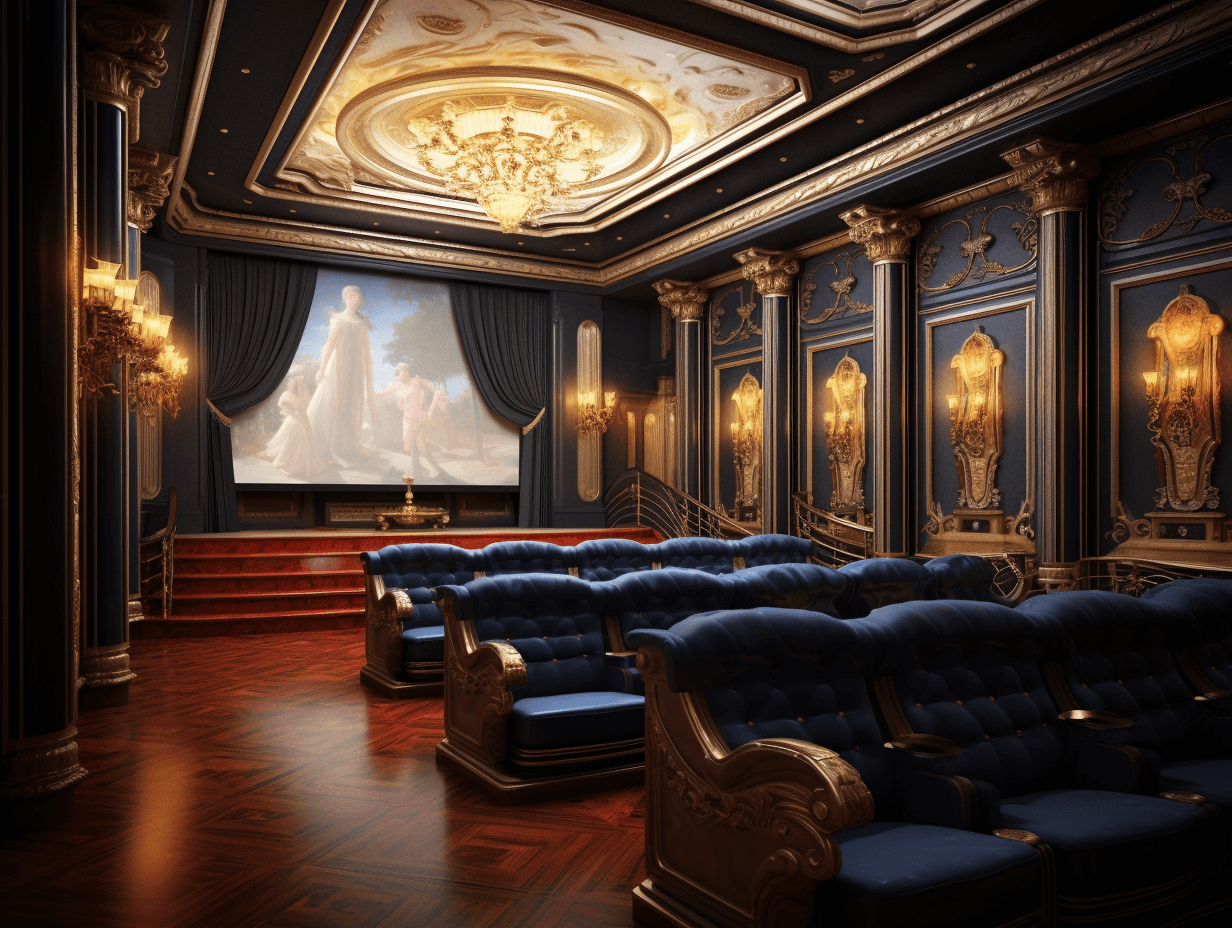Expert Home Theater Tampa Design for Every Budget
Wiki Article
Home Theater 101: Everything You Required to Know for a Cinematic Experience in your home
Creating a home cinema that matches the motion picture experience of a business theatre involves cautious factor to consider of several parts, including screen option, audio systems, and area layout. Whether you are considering the suitable display size or the complexities of surround audio, comprehending these basics is necessary.Choosing the Right Screen
When establishing a home movie theater, picking the right screen can make or damage the viewing experience - home theater installation tampa. The screen works as the focal point of your arrangement, influencing photo high quality, watching angles, and overall aesthetic. Trick variables to think about consist of screen dimension, kind, and resolutionInitially, establish the appropriate screen dimension based on your space measurements and seating range. Next, choose in between numerous screen types, such as fixed-frame, mechanized, or retracting screens, each offering unique advantages.
Resolution is an additional critical factor. For a genuinely immersive experience, consider a screen developed for 4K or even 8K content, making certain intensity and quality. Furthermore, consider the display's gain, which affects brightness and comparison; a higher gain can boost illumination in well-lit spaces, while a lower gain may be preferable for darker settings.
Selecting Audio Equipment
Audio equipment is a vital element of any home movie theater system, considerably boosting the total watching experience. The option of audio gear can establish the depth, clarity, and immersion of noise, crucial for producing a cinematic atmosphere.When choosing audio tools, consider a surround sound system, which generally includes a receiver, multiple speakers, and a subwoofer. A 5.1 or 7.1 channel system is recommended, where the very first number represents the audio speakers and the second the speaker, supplying an immersive soundscape. The receiver is the heart of the system, managing audio and video clip signals, and ought to support modern-day formats like Dolby Atmos for an improved spatial experience.
Quality speakers are vital; appearance for models that provide a balanced noise account with good bass response. Floor-standing speakers can produce richer sound, while bookshelf alternatives conserve room. Furthermore, take into consideration cordless choices for convenience of installment, although wired systems usually deliver remarkable performance.

Optimal Seating Arrangements
Creating a suitable home cinema experience pivots considerably on ideal seating arrangements. The plan of seats plays an important function in both comfort and checking out quality, straight influencing the overall cinematic experience.First, take into consideration the screen size and viewing distance. A common guideline is to place seats at a range roughly 1.5 to 2.5 times the angled dimension of the display. This ensures an immersive experience without straining the eyes.
Following, elevation is crucial. The back rows should be higher than the front to stay clear of blockages if your seats is in a tiered layout. For flat seating, ensure that the front row is not as well near the screen, and that every person has a clear line of vision.
Moreover, think about the plan in terms of social characteristics. Team seats can enhance the public experience, while specific seats may be liked for individual viewing.

Lastly, prioritize convenience with ergonomic seating that sustains prolonged viewing periods. Including recliners or supported seats can substantially boost the experience, making the home theater a favored destination for both enjoyment and relaxation.
Lighting and Setting
Effective illumination and atmosphere are essential elements of a properly designed home cinema, as they considerably influence the viewing experience. The best lights can enhance the cinematic feeling, while inadequate selections can take away from it. For ideal results, consider a split illumination approach that includes ambient, job, and accent illumination.Ambient lights provides basic illumination, making certain that the space is not entirely dark, which can strain the eyes. Dimmer switches are highly recommended, enabling for modifications based on the web content being viewed. Job lighting, such as wall surface sconces or floor lights, offers practical lighting for tasks like reading or browsing the area without interrupting the general atmosphere.
Accent lighting can be made use of to highlight architectural attributes or produce focal points, adding deepness and rate of interest to the area. LED strip lights behind screens or along shelves can offer a subtle glow that boosts the visual experience without frustrating the audience.

Wiring and Installation Tips
A tactical electrical wiring configuration is essential for accomplishing optimal performance in your home movie theater system. Appropriate wiring not just makes certain high-quality audio and video signals but likewise boosts the total visual of your area. Begin by mapping out your design, recognizing where each component will be put, including your screen, audio speakers, and receiver.When choosing wires, prioritize high-grade, suitably assessed wiring to reduce image source signal loss. HDMI cords must be used for video connections, while audio speaker cable ought to match the requirements of your audio speakers and amplifier. Go with in-wall ranked cords to abide by safety criteria and maintain a tidy appearance.

Final Thought
In recap, developing an exceptional home theater experience needs careful consideration of numerous components, including display selection, audio equipment, seating plans, lights, and circuitry. By focusing on these elements, a motion picture environment can be successfully duplicated, permitting for immersive checking out experiences that measure up to conventional movie theater settings.Developing a home theater that matches the cinematic experience of a business theatre includes mindful factor to consider of numerous parts, consisting of screen option, audio systems, and area layout.When setting up a home theater, picking the ideal screen can make or damage the checking out experience. Next off, select in between numerous screen kinds, such as fixed-frame, mechanized, or retracting screens, each offering distinct advantages. For a really immersive experience, consider a screen created browse around this web-site for 4K or even 8K material, making certain intensity and quality.In recap, producing an outstanding home cinema experience needs mindful factor to consider of different aspects, consisting of display option, audio equipment, seating arrangements, illumination, and circuitry.
Report this wiki page